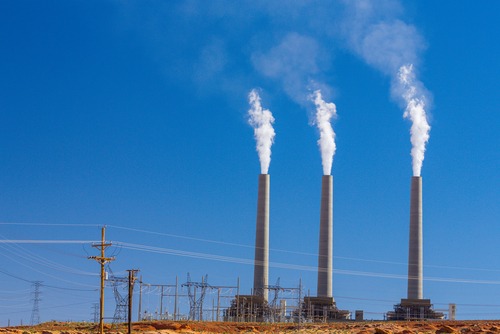NIPSCO to retire two Indiana coal-fired units in 2021

Continuing a larger shift away from coal-sourced energy, the Northern Indiana Public Service Company LLC (NIPSCO) announced last week that it will retire two coal-fired units by the end of 2021, eliminating half of its capacity at the R.M. Schahfer Generating Station.
Schahfer’s coal-fired units 14 and 15 on the ones set to end service. The two have been operating since 1976 and 1979, respectively, making them some of the oldest in NIPSCO’s fleet. The rest of the generating station should be retiring in May 2023, followed by the entirety of the Michigan City Generating Station in 2028.
All of this is part of NIPSCO’s long-term electric generation strategy known as Your Energy, Your Future.
“Our ‘Your Energy, Your Future’ transition plan is dynamic and based on the simple premise of delivering reliable energy and cost savings to our customers over the long term,” Mike Hooper, NIPSCO president, said. “We continue to evaluate the economics of our generating fleet, including recently commissioned renewables projects and secured capacity in the greater energy market alongside the ongoing fuel costs and investments required to operate our coal-fired units. On that basis, it was determined that retiring units 14 and 15 this year was the best decision for customers.”
The Your Energy, Your Future plan also calls for the company to become fully coal-free by 2028, replacing that energy with lower cost, more sustainable options. NIPSCO estimates the transition will save it approximately $4 billion over time.
In the case of Schahfer, NIPSCO has already secured lower-cost capacity from the regional Midcontinent Independent System Operator (MISO) market and, paired with transmission system upgrades, is in a good position to retire units 14 and 15. Future energy needs will be met with new solar, wind, and battery resources, such as the Rosewater and Jordan Creek wind projects, which became operational last year and added 500 MW of renewable capacity. Separately, the Indiana Crossroads wind project should add another 300 MW by the end of 2021.
